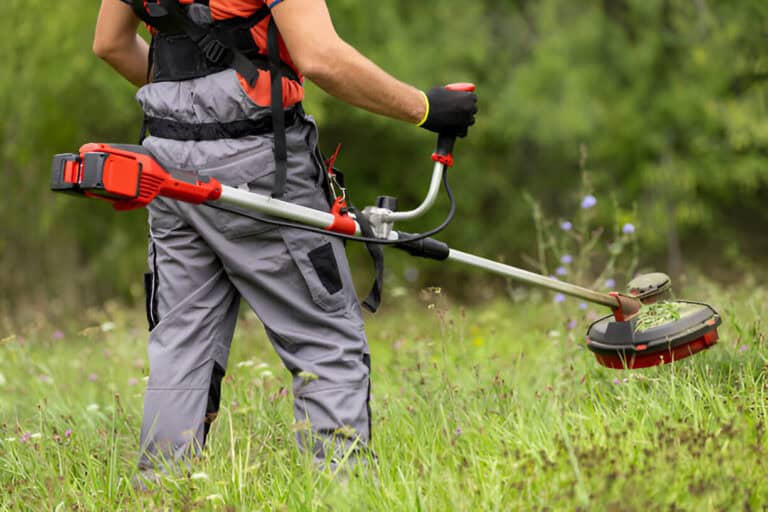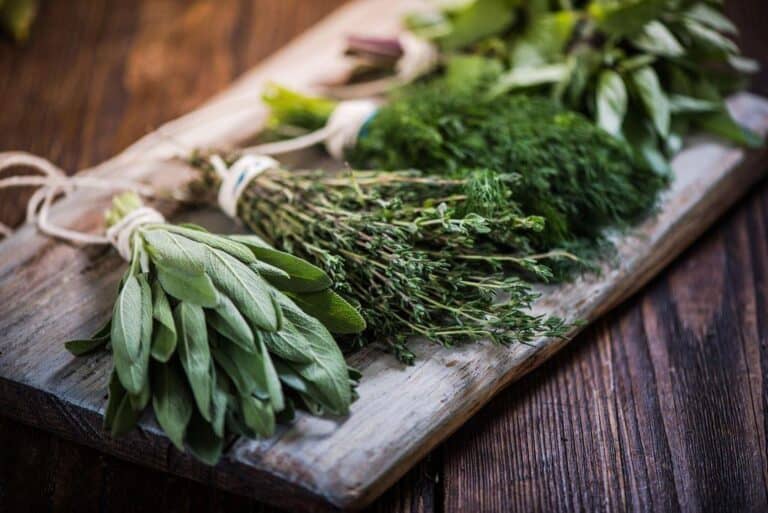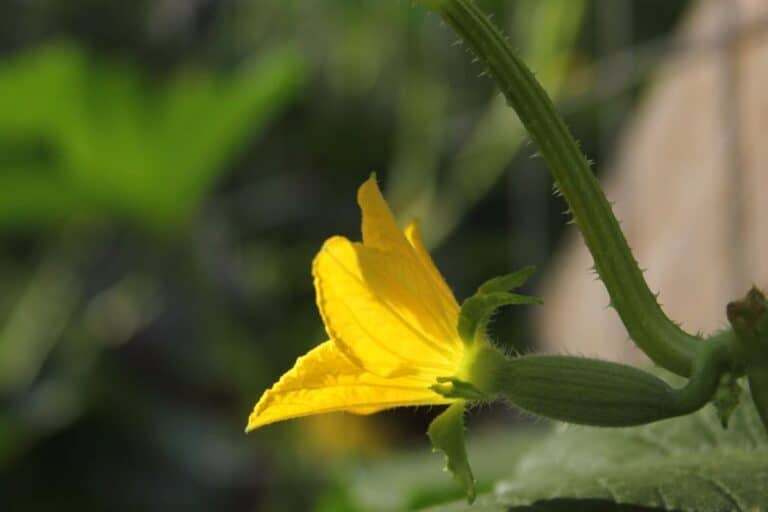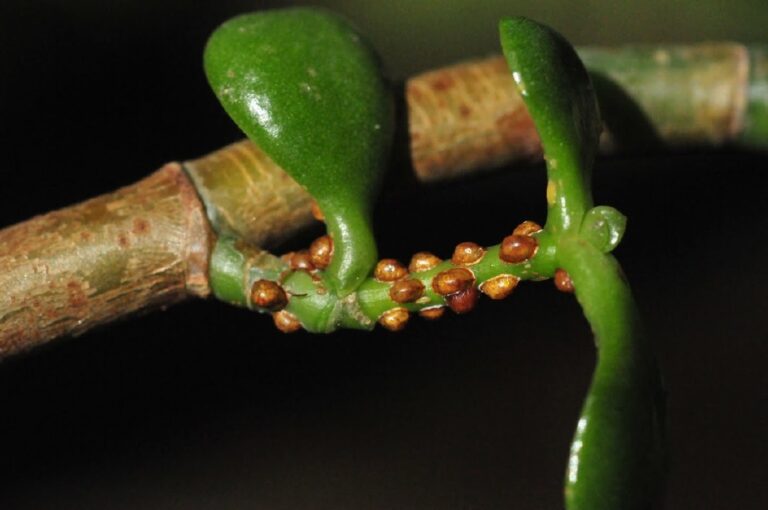Say Goodbye to Strawberry Seed Beetles: Proven Removal Methods
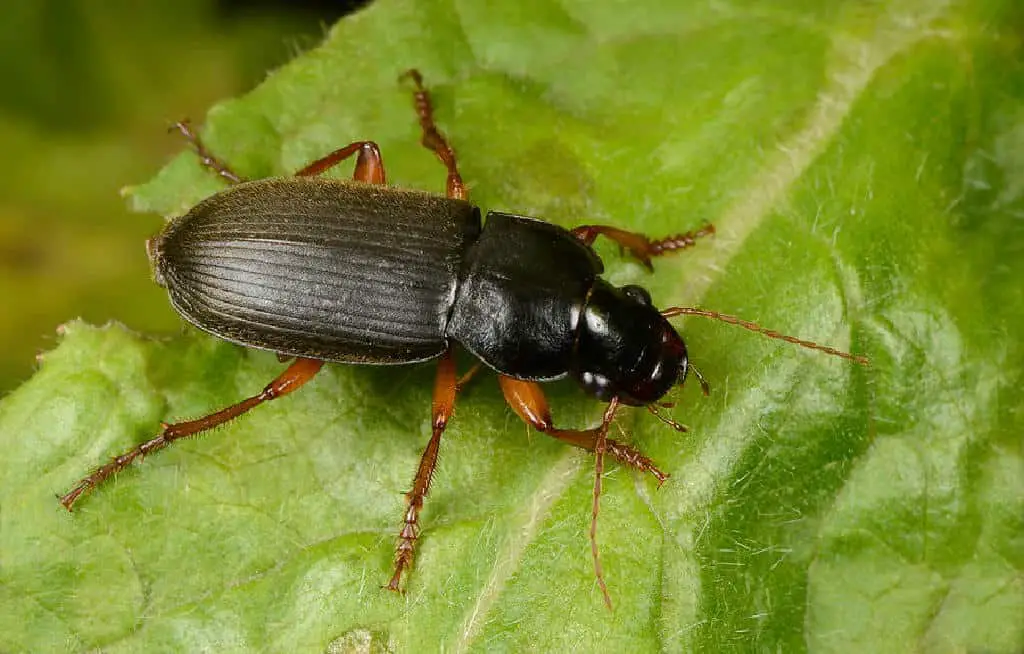
Dealing with strawberry seed beetles? Our article offers practical tips and techniques for managing beetle infestations in your garden. Explore natural pest removal options. They will safeguard your strawberry plants from damaging beetles.
Strawberry plants are a delight in any garden, but dealing with pests like the strawberry seed beetle can be frustrating. The insects are small. They can damage both leaves and fruit. This damage can hurt your strawberry harvest. Effective management strategies are essential to protect your plants and ensure a healthy yield.
Are you struggling with strawberry seed beetles invading your garden? Finding reliable ways to kill these pests is crucial. It is key for saving your strawberry crop. In this article, we’ll explore many ways to get rid of strawberry seed beetles. We’ll cover natural remedies and steps to prevent the beetles. These measures can keep your plants beetle-free.
By reading this article, you’ll learn how to fight strawberry seed beetles. This will ensure the health and productivity of your strawberry plants. Whether you’re an experienced gardener or new to pest management, these methods will help. They will help you to keep a thriving strawberry patch and enjoy a big harvest.
Understanding Strawberry Seed Beetles
What Are Strawberry Seed Beetles?
Strawberry seed beetles, also known as strawberry weevils or strawberry clippers, are small insects that target strawberry plants. These beetles lay their eggs in the strawberry buds, and the larvae feed on the developing fruit, causing significant damage.
Identifying Strawberry Seed Beetles
Recognizing the presence of strawberry seed beetles early on is crucial for effective control. Here are some key identifying features:
- Size: Adult beetles are tiny, about 2-3 mm in length.
- Color: They are usually dark brown or black.
- Shape: Beetles have a rounded body and a distinctive snout.
- Damage: Look for signs of damage on strawberry buds and small holes in the fruit.
Impact of These Pests on Strawberry Plants and Other Crops in the Garden

Strawberry seed beetles can cause significant damage to strawberry plants and other crops in the garden. These pests feed on the seeds and leaves, weakening the plants and reducing their yield. Knowing their impact is crucial. Recognizing the signs of infestation is key for a healthy garden.
Impact on Plants:
- Strawberries: Seed beetles chew on seeds and leaves, leading to stunted growth and lower fruit production.
- Other Crops: They can spread to nearby plants. They cause similar damage and may harm the whole garden.
Signs of Infestation:
- Chewed Leaves: Look for leaves with irregular holes or jagged edges.
- Damaged Seeds: Inspect seeds for bite marks or hollow shells.
- Reduced Growth: Affected plants may exhibit slower growth and smaller size.
- Presence of Beetles: Spotting small, dark beetles on plants is a clear indicator.
Table of Common Signs:
| Sign | Description |
| Chewed Leaves | Irregular holes, jagged edges |
| Damaged Seeds | Bite marks, hollow shells |
| Reduced Growth | Slower growth, smaller plant size |
| Presence of Beetles | Small, dark beetles visible on plants |
Proven Methods to Remove Strawberry Seed Beetles
1. Manual Removal
One of the simplest methods to manage strawberry seed beetles is manual removal. This method is especially effective for small gardens.
Steps:
- Check Plants Often: Inspect your strawberry plants for beetles. Do this often, especially early in the growing season.
- Handpick Beetles: Use your hands or a pair of tweezers to remove adult beetles and larvae from the plants. Drop them into a bucket of soapy water to kill them.
- Dispose of Damaged Fruit: Remove and dispose of any damaged fruit to prevent larvae from continuing their development.
2. Using Natural Predators
Adding predators to your garden can control strawberry seed beetles. It does this without chemicals.
Natural Predators:
- Ladybugs: These beneficial insects feed on beetle larvae.
- Nematodes: Microscopic worms that can be applied to the soil to target beetle larvae.
Steps:
- Purchase Beneficial Insects: Buy ladybugs or nematodes from a garden center or online.
- Release Ladybugs: Release ladybugs in the evening when it’s cooler to encourage them to stay in your garden.
- Apply Nematodes: Follow the instructions for applying nematodes to your soil. This usually involves mixing them with water and watering your plants with the solution.
3. Using Insecticidal Soaps and Oils
Insecticidal soaps and oils can be effective in controlling strawberry seed beetles. These products work by smothering the insects and disrupting their life cycle.
Steps:
- Choose the Right Product: Select an insecticidal soap or oil that is safe for use on edible plants.
- Mix the Solution: Follow the product instructions to mix the solution.
- Apply to Plants: Spray the solution on the affected plants, making sure to cover all parts of the plant, including the undersides of leaves.
4. Using Row Covers
Row covers can be an effective physical barrier to protect your strawberry plants from beetles. These covers prevent beetles from accessing the plants to lay their eggs.
Steps:
- Select the Right Cover: Choose a lightweight row cover that allows light and water to penetrate.
- Install the Cover: Place the row cover over your strawberry plants, securing the edges with soil or stakes.
- Check under the cover for beetles. Also, ensure the cover stays intact and secure.
5. Crop Rotation and Sanitation
Good garden hygiene and crop rotation can help reduce beetle numbers. They can also prevent infestations.
Steps:
- Rotate Crops: Avoid planting strawberries in the same location year after year. Rotate them with non-host plants to disrupt the beetle’s life cycle.
- Clean Up Debris: Remove plant debris and weeds from your garden, as these can harbor beetles.
- Prepare Soil: Till the soil before planting to expose and destroy beetle larvae.
Comparison of Methods
To help you decide which method or combination of methods to use, here’s a comparison of the different techniques:
| Method | Pros | Cons |
| Manual Removal | Cost-effective, environmentally friendly | Time-consuming, labor-intensive |
| Natural Predators | Eco-friendly, sustainable | May require repeated applications |
| Insecticidal Soaps/Oils | Effective, easy to use | Potential impact on beneficial insects |
| Row Covers | Physical barrier, no chemicals | Can be cumbersome, may require maintenance |
| Crop Rotation/Sanitation | Prevents future infestations, improves soil health | Requires planning, not an immediate solution |
Tips for Successful Beetle Management
Use any method. Here are more tips. They will help you manage strawberry seed beetles well.
- Monitor Regularly: Regularly inspect your plants for signs of beetles and damage.
- Combine Methods: Using a combination of methods can be more effective than relying on a single approach.
- Stay Consistent: Consistency is key. Regularly apply your chosen methods to keep beetle populations under control.
- Maintain Garden Health: Healthy plants are more resilient to pests. Ensure your strawberries receive proper water, nutrients, and care.
Conclusion
Strawberry seed beetles can harm your strawberry crop. But, with the right techniques, you can manage and control these pests.
You can opt for manual removal. You can introduce natural predators. You can use insecticidal soaps and oils. You can employ row covers. Or, you can practice crop rotation and sanitation. Each method has its own advantages. By staying watchful and steady, you can enjoy a big harvest of tasty, beetle-free strawberries. Happy gardening!
References
- “Managing Pests in Gardens: Fruits” – University of California Agriculture and Natural Resources
- “Strawberry Insect Pest Management” – Penn State Extension
- “Using Beneficial Insects to Control Pests” – Clemson Cooperative Extension
- “Integrated Pest Management for Home Gardeners and Landscape Professionals” – University of California IPM
The references provide extra insights and details. They are for managing strawberry seed beetles and other garden pests.

